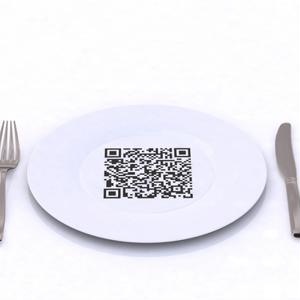The year 2018 has seen changes in product label regulations, whether related to cannabis laws, the addition of more detailed nutritional information, or food origin tracking due to bacteria outbreaks. Some organizations across the country are already predicting changes that may impact 2019.
So what were the label trends in 2018 and what’s 2019 likely to bring?
Transparency
A report released from Label Insight and the Food Marketing Institute (FMI) indicated that in 2019, customers will be all about transparency.
People across the nation want a ‘closer connection’ to their food – meaning, they want to know what’s in it and where it came from. The results showed that 86 percent of consumers would trust a food brand or retailer more if they had access to easy-to-understand information about the products. And 75 percent of Americans are more likely to buy from a brand that provides this detailed information.
This is significant because when buyers were asked a similar question by Label Insight in 2016, only 39 percent said they’d change brands over this issue.
This growing trend clearly requires more from food labels, including a listing of each and every ingredient, updated nutritional information and a clearly marked place of origin.
Another study conducted by Atomik Research found that 70 percent of shoppers want more information than what’s on ‘traditional’ package labels. The results indicated that consumers also want to know why certain ingredients are used in products and what they do, and not just the names of ingredients in a list.
These findings clearly show that Americans want as much information as possible about the food they’re consuming, a trend manufacturers need to face in 2019.
Smart labels
It’s unlikely that every piece of necessary information can fit on, say, a label on a stick of gum in the grocery store. Because labels have limited space, smart labels are gaining traction across industries.
These labels have QR codes that can be scanned so shoppers can access more information about the products online. And they can scan the codes right on their smartphones.
In early 2017, there were about 4,000 products using SmartLabel, the Grocery Manufacturer Association’s (GMA) smart label product. Now, the GMA says that there are over 800 brands and 38,000 products now in its database, three years after its launch.
These numbers are likely to increase in light of the other information-focused trends in food products.
Less expiration-date label confusion
People are pushing for these trends largely to combat label confusion that still can rock communities.
For instance, a Klein Kitchen & Bath survey of 3,200 households in the U.S. showed that a quarter of all food is wasted each year because people don’t understand expiration-date labeling. And almost half of Americans won’t eat food that’s passed its sell-by date, even if it’s fine to consume.
Most states showed that households waste right around $1,000 per year because of this confusion.
This means food manufacturers should start spreading awareness about the differences between a ‘best by’ and ‘sell by’ date and outline safe periods of consumption for a variety of foods. This could include adding information to labels or smart labels about how long something can safely be refrigerated or frozen.
The label industry is always going to be changing as consumer behavior and priorities shift and regulations are updated accordingly. What we know for 2019: People want clear answers about what’s in food and they want these disclosures to be easily accessible and transparent.
Make sure you’re staying up-to-date with changing regulations with your food and beverage labels. Start by viewing our selection of label printers at Optimedia Labs’ U.S. page or visit our Canadian site.
